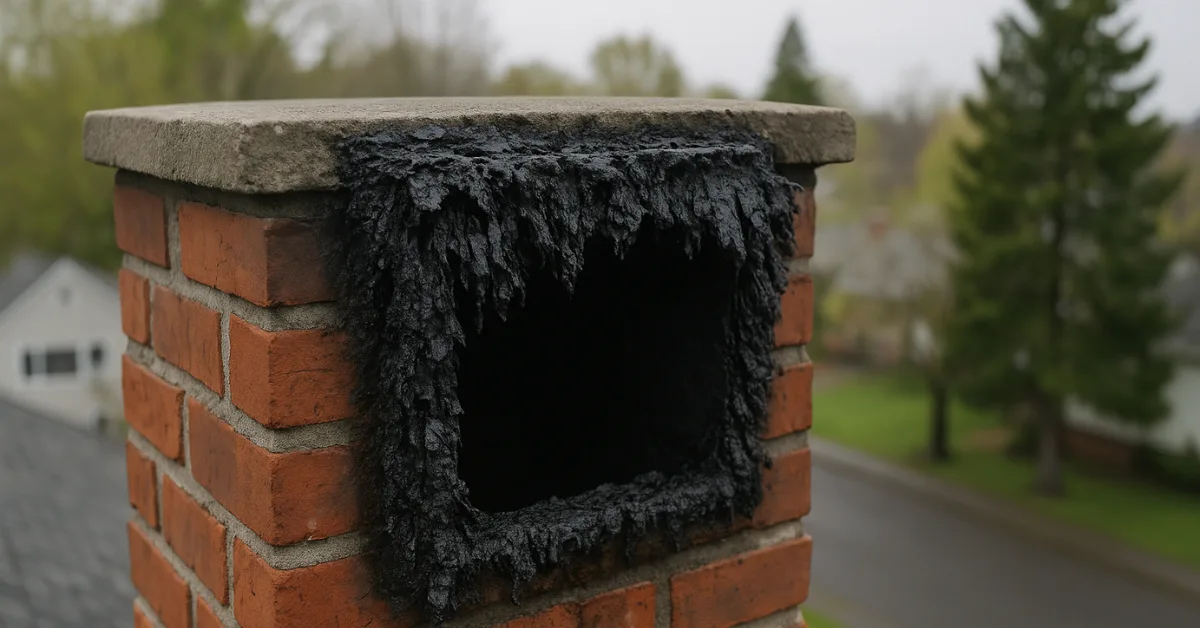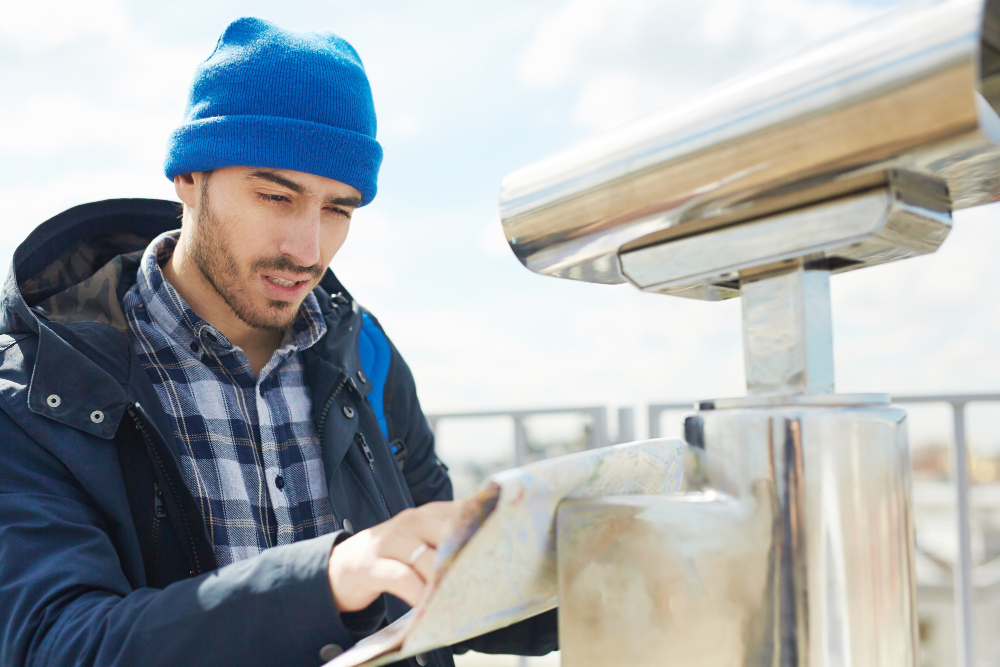Why Creosote Is Dangerous for Your Portland Chimney (and How to Control It)

If you live in Portland, Oregon, you probably enjoy the warmth and comfort of a wood-burning fireplace during our long, rainy seasons. But what most homeowners don’t realize is that behind those cozy fires, something dangerous could be building up inside your chimney creosote. As experienced local professionals providing creosote removal in Portland and chimney […]
Chimney Cap Installation in Carver – Why Every Home Needs One

Chimney Cap Installation in Carver – Why Every Home Needs One If you live in Carver, Oregon, chances are your chimney works overtime during our rainy and chilly months. But here’s a question many homeowners don’t think about until it’s too late: Do you have a chimney cap installed? A chimney cap might look […]